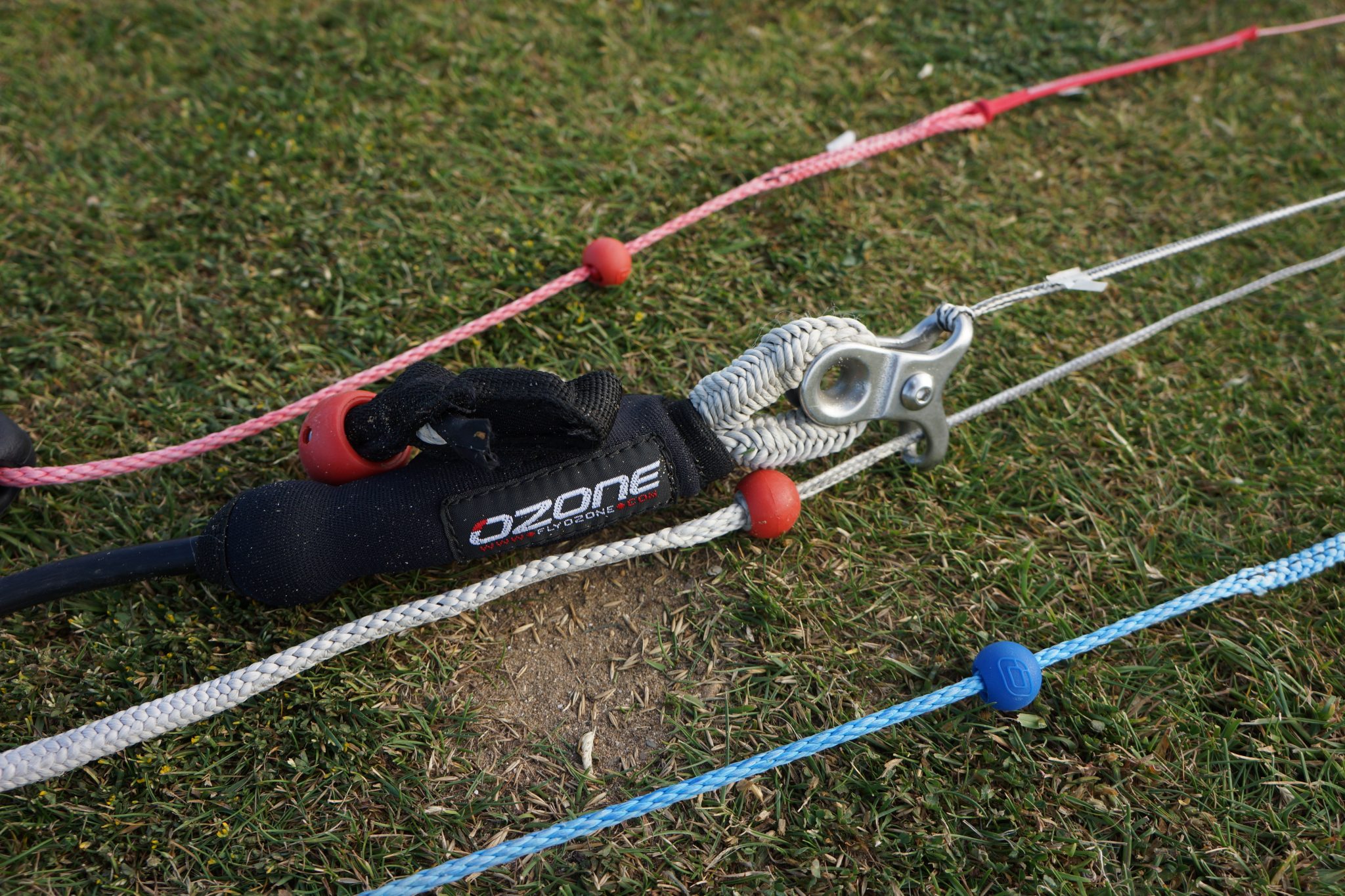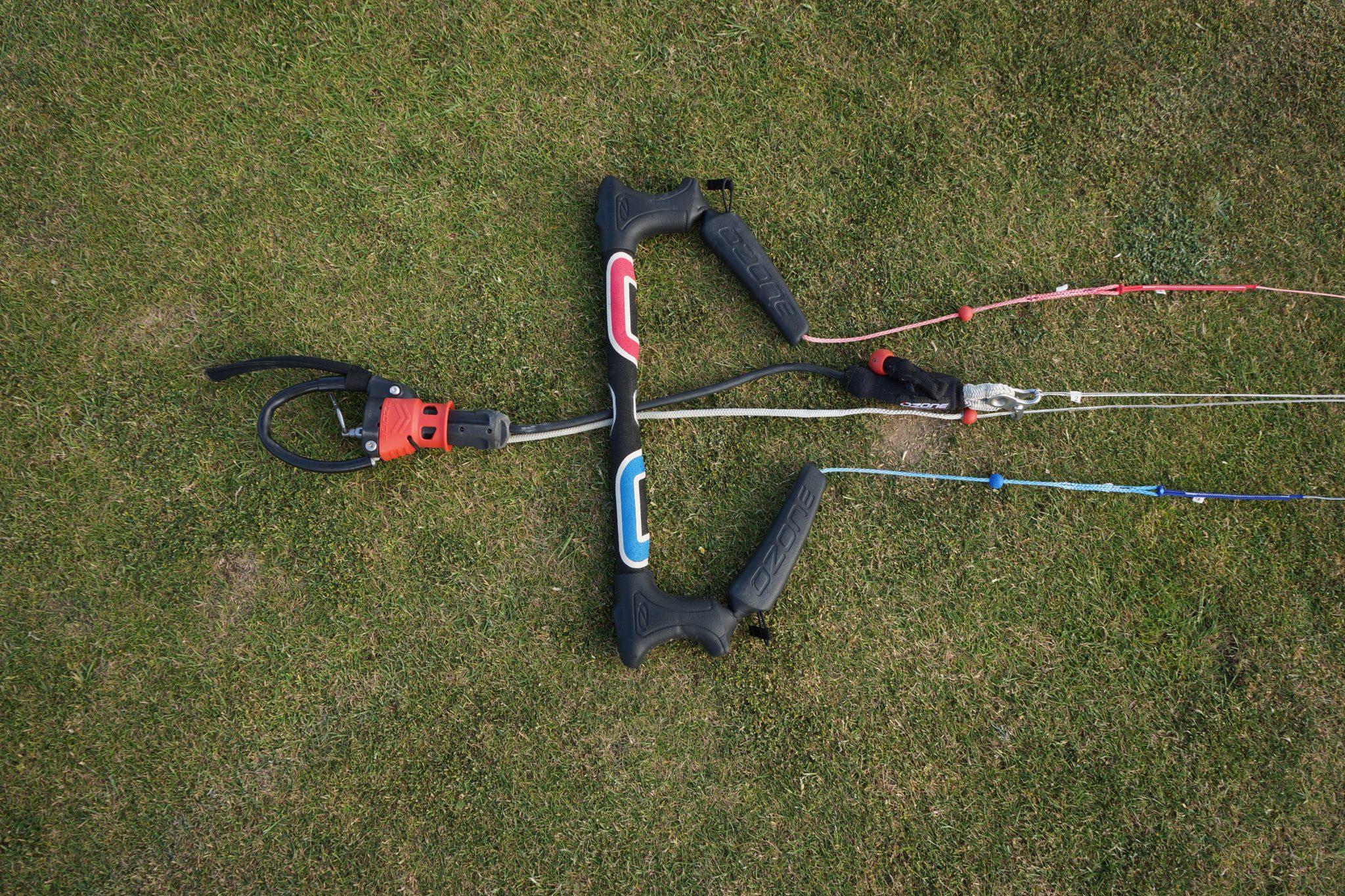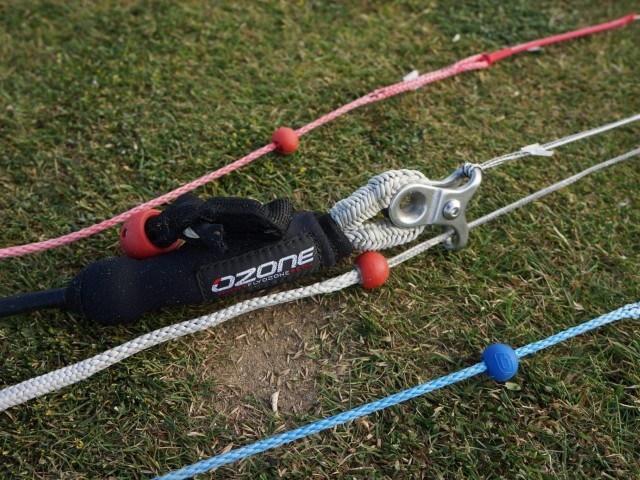

The patent covers, specifically, a water sport using a floating board of a surf board type where a pilot standing up on it is pulled by a wind catching device of a parachute type tied to his harness on a trapeze type belt. In October 1977 Gijsbertus Adrianus Panhuise (Netherlands) received the first patent for KiteSurfing. Peter Lynn lifting a kite in Dieppe, September 1988 8.6 Arbitrary atmosphere volume swept by the kite.8.4 Wind power, control lines and kite paths.2.1 Jump records (height, length, time).

The early days of the sport experienced injuries and some fatalities, but the safety record has improved with better equipment and instruction. They often wear a wetsuit in mild to cold waters. The kitesurfer rides on a bidirectional board (a "twin-tip", similar to a wakeboard) or a directional surfboard, sometimes on a foilboard. Most power kites are leading edge inflatable kites, sometimes foil kites, attached by about 20 m (66 ft) of flying lines to a control bar and a harness. Worldwide, there are 1.5 million kitesurfers, while the industry sells around 100,000 to 150,000 kites per year. The sport held the speed sailing record, reaching 55.65 kn (103.06 km/h) before being eclipsed by the 65.45 kn (121.21 km/h) Vestas Sailrocket. It has freestyle, wave-riding, and racing competitions. Kiteboarding is among the less expensive and the more convenient of the sailing sports.Īfter some concepts emerged in the late 1970s and early 1980s, some designs were successfully tested, the sport received a wider audience in the late 1990s and became mainstream at the turn of the century. It combines aspects of paragliding, surfing, windsurfing, skateboarding, snowboarding, and wakeboarding. Kiteboarding or kitesurfing is a sport that involves using wind power with a large power kite to pull a rider across a water, land, or snow surface. Reload the next time you set up your kite.A kiteboarder is pulled across the water by a power kite Store your control system with the Click-In Loop release open. In all situations make sure that all lines are clear of all working release systems and the kite leash is connected in the right way.Īlways clean your control system with fresh water after every session, and reload/release the Click-In Loop to check the system is functioning correctly.

When the release is activated, the kite will flag out and fall to the water/ground. This is the small eyelet on the Stainless Steel Swivel Ring. We developed the Click-In function to be simple and intuitive, so activating and reloading will become second nature.Īll riders should attach their Kite Leash to the Flag Out System. In the same way fastening your seatbelt has become a natural action when getting into a car, riders should activate and reload their release systems before and after every use.Īlthough this important safety check is often overlooked, checking your release before each session will ensure it is functioning properly. The design of our new release system, the Click-In Loop, is inspired by the same principle.
#Ozone compact contact bar kite how to#
What’s the first thing you do when you get in a car? You click in your seatbelt, hearing that ‘click’ sound makes you feel secure that you are safely buckled up, and you know instinctively how to release it. Soft Bar Ends with Leader Line Adjustment Spinning Head with Anti-twist Flag Out Line Used and Sales Kites | Foils | Open Cell.SNOW - LAND - FOILS SNOW - LAND - FOILS.Used Kiteboarding Kitesurfing Kites Canada USA.


 0 kommentar(er)
0 kommentar(er)
